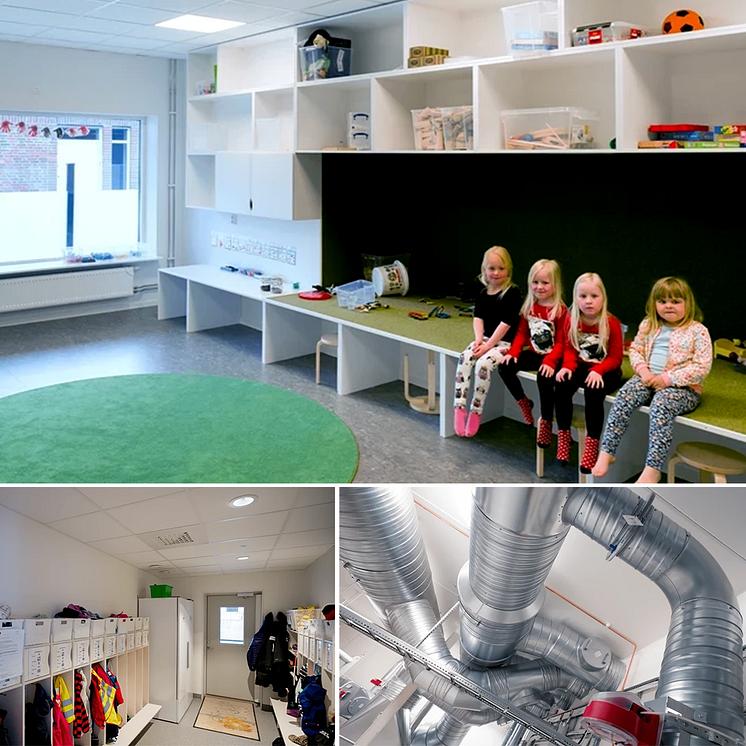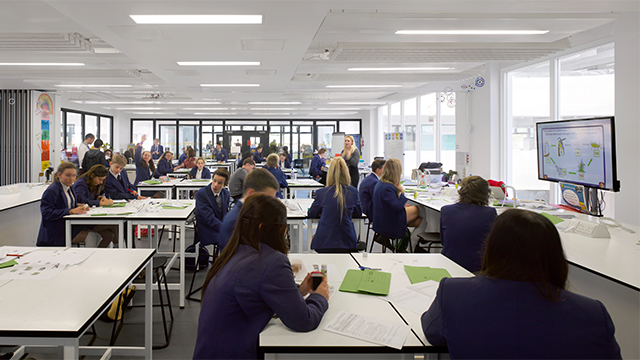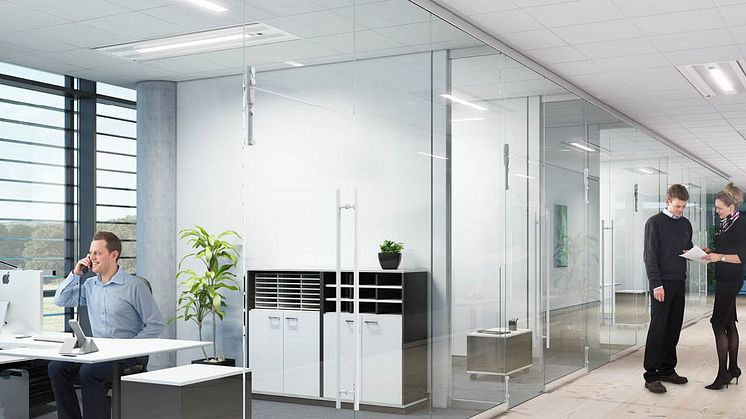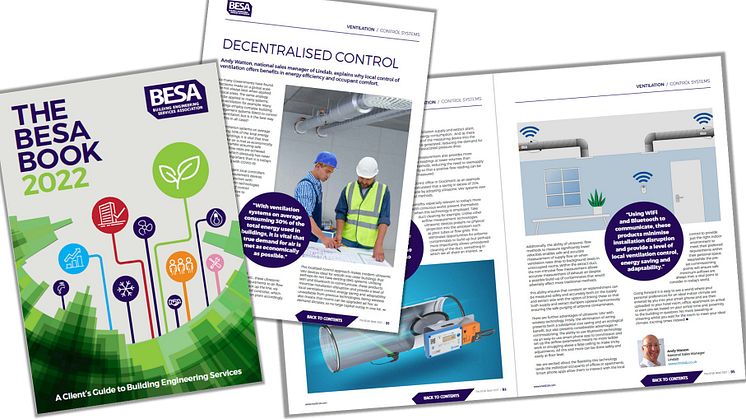
Blog post -
With fresh air, I can learn better
When you think about what it takes to be successful at school, many things likely come to mind; inspiring teachers, working hard, and achieving good grades for example but did you know that air quality could also play a role?
Low ventilation rates negatively impact brain function
In a recent study led by Harvard T.H. Chan School of Public Health, researchers found that the quality of indoor air affects cognition and productivity more than previously understood. They also found that this is especially true for young people—a fact that can’t be ignored when it comes to school buildings.
The study tracked the cognitive function and productivity of 311 people whilst environmental sensors measured their exposure to CO2 and particular matter. The people who were exposed to poorer air quality demonstrated impaired cognitive function, reduced attention span, and slower response times. The impact was even more pronounced among the younger people tested.
These findings demonstrate that improving air quality could provide health and productivity advantages for people around the world—and have implications for students in learning environments:
“Our results suggest that improving air quality may be an important public health strategy to reduce adverse effects on young children’s brain development,”
said lead author Andrea Baccarelli, professor of environmental epigenetics at Harvard Chan School and professor of paediatrics at Boston Children’s Hospital.
Another study from Denmark showed that the breaking point between poor and good performance in school was at 6-7 litres air per second per person. Below this level, performance in mathematics and reading comprehension deteriorated, especially for students who needed more time.
Indoor air quality has a clear impact on our health and our ability to concentrate and learn. Children are usually more sensitive than adults because their organs develop throughout childhood. They eat, drink, and breathe more in relation to their body size; therefore, they also risk a higher exposure to various environmental factors than adults.
Monitoring the situation
In Europe, over 65 million students and close to 4.5 million teachers spend between 170 and 190 days each year in a school environment. Up to 70 percent of that time is spent in the classroom where air quality often is poor.
In the United Kingdom, the Department for Education decided to install 300,000 carbon dioxide sensors in schools across the country to record the state of indoor air quality and determine where further action is needed. All state-funded education settings have been provided with the devices and several advisories have since been issued to the schools:
- Have good ventilation: it is recommended to set up an efficient ventilation system to ensure a reasonable exchange of fresh air.
- Ventilate the rooms: it is recommended to open the windows and doors regularly to reduce the effects of confinement.
- Control pollution sources: There are many sources of pollution, and it is important to limit them.
- Measure with air quality sensors: Monitor the level of carbon dioxide (CO2) and other pollutants in the room.
Future thinking
The number of pupils in schools in England has now reached 9 million, an increase of 88,000 from the previous year, it is no surprise that class sizes are also increasing. But has the ventilation been adjusted to account for the additional students in each room? It’s alarming because our future is sitting in those classrooms.
A modern ventilation system is often self-regulating and increases or decreases ventilation as needed. Older systems do not have that capability but what if in the future there was a display, or a Siri “school assistant”, in each classroom that announced when it was time to increase ventilation, to take a break, or simply open the window and ventilate.
What do you think is the future of ventilation for schools?









